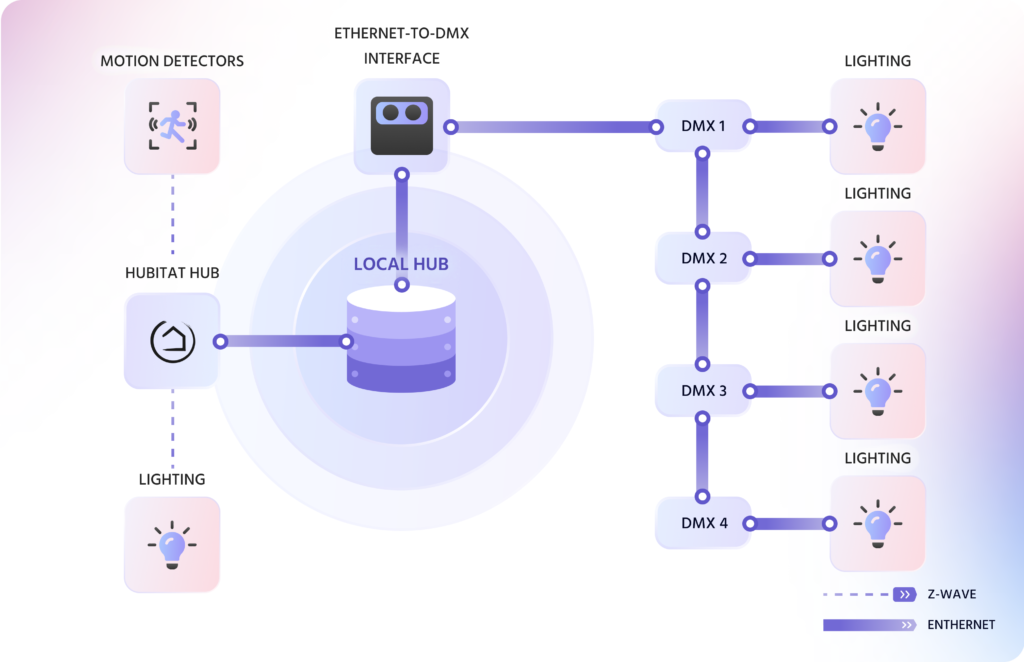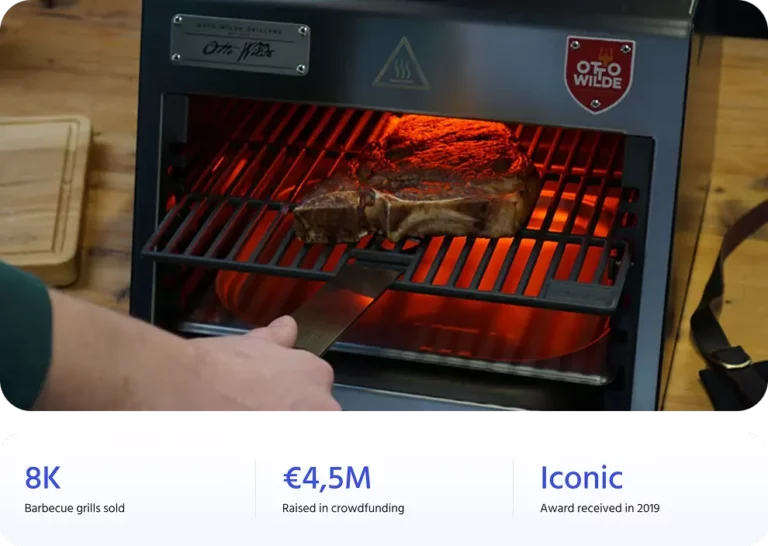Uniting Diverse Lighting Fixtures into One Cohesive System
The Veev Digital Home is a fully intelligent system integrated into your home during construction. Homeowners can control lights, fans, air conditioners, and other smart devices manually or remotely via the mobile app or touch panels embedded in the wall in every room.
As a software development provider, Temy helped Veev bring this idea to life. Feel free to read this post to learn how it all started. Along with the serverless backend, lighting control was the first smart device feature that we implemented for the Veev Digital Home.
Lighting Control in the VeevOS
The Veev Digital Home is equipped with LED, low-voltage bulbs in every room that are fully integrated with the home’s operating system. Users can control these lights through the Veev mobile app, touch panels, or voice commands via Alexa.
Veev’s lighting system does not just switch the lights on and off. It offers granular control. Homeowners can dim the lights, adjust the color temperature from cool to warm, and set predefined lighting modes that automatically adjust the brightness and tone based on the time of day or activity, responding to the homeowner’s needs and preferences throughout the day. The lights can be set to turn on or off automatically at predetermined times or based on motion sensor activity.
The Technical Side
Veev’s sophisticated lighting system is built on a complex interplay of various lighting fittings and motion detectors. These components use Art-Net DMX controllers and the Z-Wave protocol to interact with the local hub. The hub, in turn, executes Java code to manage the system.




